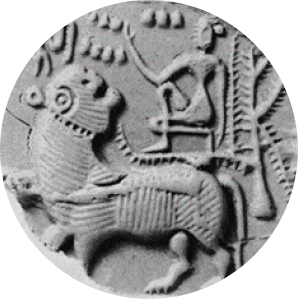I haven’t been a detractor of Canonical’s attempt to improve the Ubuntu desktop experience and since April, as well as for a time earlier, have been using the Unity interface. But as part of my general movement towards making things a little simpler, I thought I would take a step backwards. I’ve noticed lately some stability issues with both of my Ubuntu machines. Sometimes the mouse will mysteriously stop working – or rather does not respond to clicks – and other strange behavior. I’m not sure where this comes from, but it could be that going back to lighter and more tested configurations will bring greater stability.
I think some of those who are up in arms against Unity have not observed that it is extremely simple to go back to the old Ubuntu interface. You just log onto “Classic Ubuntu”, which is already there, installed alongside Unity. So on my home computer, that’s what I did. I also installed Docky so that I would have a nice application starter. I thought about Cairo Dock, but remembered some stability issues there from my previous use of it. I tried AWN, but at first it would not work. Docky didn’t work at first either. I found a couple of suggestions about how to resolve this issue, but the best and simplest was to edit gconf and get Metacity to use the compositor. However, I also decided I wanted my Desktop not to show icons. There’s another setting in gconf for that. Unfortunately, as soon as you ask not to show icons on the desktop, you also lose your wallpaper. But I’m happy enough to have a cleaner desktop. So back to Gnome 2, with Docky, and so far so good.
On my other laptop, at the office, I was a bit more radical. I installed XFCE, the XUBUNTU interface. There were a couple of suggestions on doing this. I think the wisest of them was probably what I ended up doing: not to install the entire XUBUNTU desktop, but only XFCE. I did add the extra Xubuntu themes, etc. It took me a while to tweak the XFCE interface into something I could live with. I duplicated some of the qualities of an application dock by adding launchers to the bottom bar and making it autohide. A couple of people in XFCE forums recommended that and, for a minimal keep-things-simple desktop, there is some logic in using just the native abilities of the GUI. So, there at work, I’m also quite happy now with the interface. With XFCE it’s easier to configure the desktop not to show icons, and you can choose between one of the wallpapers that come with XUBUNTU. That 3-4 year old computer is pretty snappy now with XFCE.
